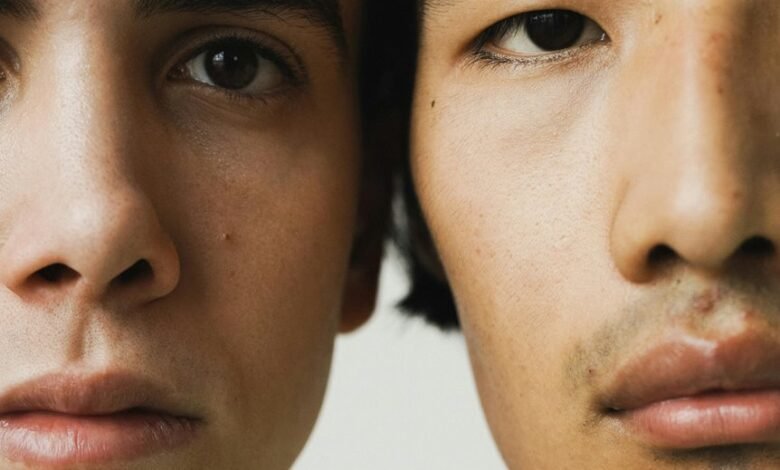Maxineracquelle: a Profile to Remember

Maxineracquelle presents a compelling case study of community resilience and cultural identity. Its rich historical roots and geographical influences shape its unique character. What are the key milestones that have defined its journey? How do its sustainable practices influence both the local ecosystem and the sense of belonging among its diverse members? The answers may reveal insights into the wider implications of Maxineracquelle's model for social and environmental paradigms.
The Origins of Maxineracquelle
As the quest for understanding the origins of Maxineracquelle unfolds, one must consider the various historical, geographical, and cultural influences that have shaped this unique entity.
The rich historical background reveals layers of tradition and adaptation, while its cultural significance underscores a collective identity that resonates deeply with the community.
Such elements intertwine, inviting further exploration into the essence of Maxineracquelle.
Key Milestones and Achievements
Numerous key milestones have punctuated the journey of Maxineracquelle, each contributing to its evolution and significance within the community.
Among these milestone achievements, the introduction of sustainable practices stands out, showcasing significant contributions to environmental preservation.
Additionally, community engagement initiatives have fostered a sense of belonging, inviting diverse voices to participate, ultimately enhancing the collective identity and vision of Maxineracquelle.
The Impact of Maxineracquelle in Today's Landscape
While the influence of Maxineracquelle may not be immediately apparent, its presence reverberates throughout the community and beyond, shaping contemporary social and environmental paradigms.
This entity reflects a global influence that transcends borders, inviting inquiries into its cultural significance.
Conclusion
In a world where fleeting trends often overshadow genuine community efforts, Maxineracquelle stands out like a stubborn weed in a manicured garden. Its blend of historical charm and modern sustainability prompts one to wonder: will future generations roll their eyes at such quaint endeavors, or will they embrace this model of resilience? As we ponder this, perhaps the real question is whether society will ultimately value authenticity over ephemeral novelty. Maxineracquelle's legacy challenges us to reconsider what truly deserves remembrance.





